Our Favorite Dog-Friendly Shrubs For Your Yard
Each of the 11 shrubs listed below is a great choice for dog owners to plant in their garden or backyard.
Each is listed as non-toxic to dogs by the ASPCA, so they shouldn’t cause serious illness if your dog decides to nibble on the leaves or flowers.
Just be aware that any type of plant material can upset your dog’s stomach, and some dogs are more sensitive to plant material than others. So, if you ever see your dog munching on these plants, keep a good eye on her and make sure you contact your vet if she begins exhibiting any troubling symptoms.
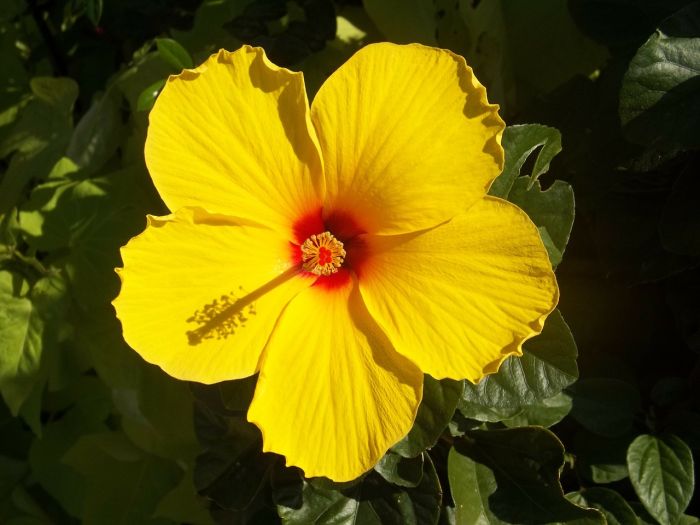
There are several hundred species of plants in the genus Hibiscus, but most of the ones you’ll find in garden centers are cultivars of the Chinese hibiscus (Hibiscus rosa-sinensis). Hibiscus are big shrubs that sometimes reach tree-like proportions, so be sure you have plenty of space for these gorgeous plants.
Hibiscus plants shouldn’t represent any serious threat toyour dog; the flowers of many varieties are even edible.
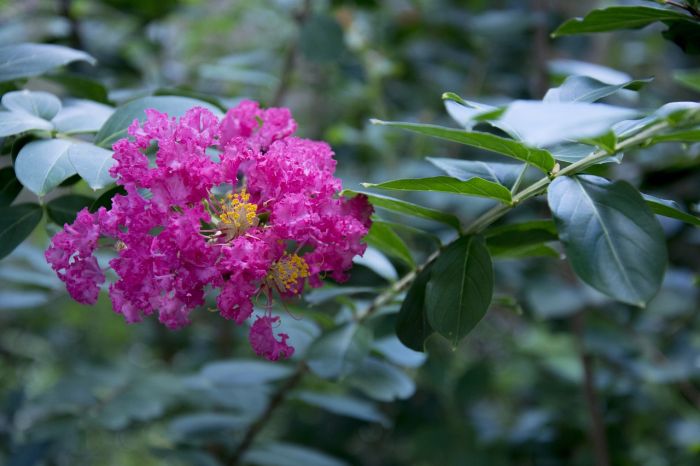
Crepe myrtles are probably better described as trees thanshrubs, but they’re easy to tame with regular pruning. This should help keepthem pretty small if you like.
Regardless of the way you prune them or how big you let them get, crepe myrtles are a great choice for pet-friendly yards. Crepe myrtles are generally very robust and hardy, and they are completely safe for your dog.
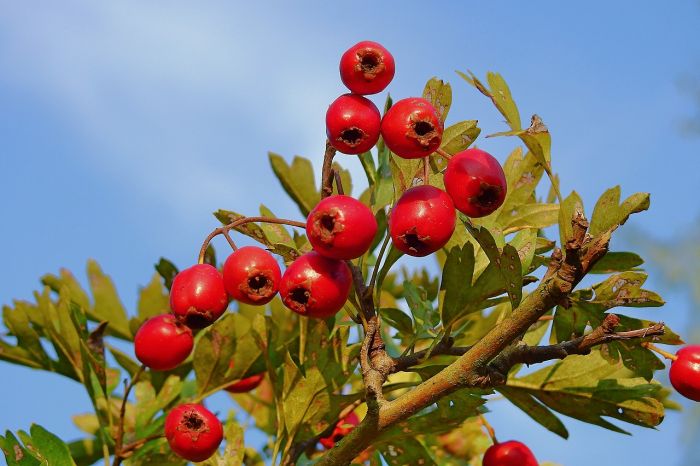
There are a variety of hawthorns in the genus Crataegus that make excellent backyardshrubs. Many are nearly tree-sized, but there are several varieties availablethat work well for hedges. Most hawthorns produce edible fruit, and the ASPCAlists them as non-toxic.
Note that some hawthorns produce thorns that could injureyour pet, so avoid those in favor of thornless varieties.
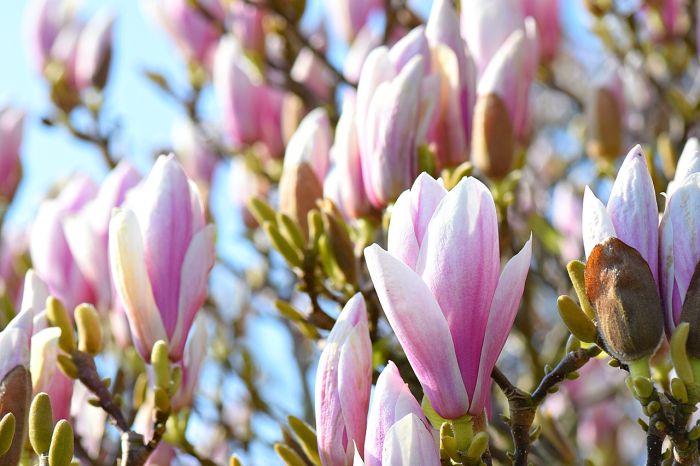
Most people picture large, stately trees when they hear the word magnolia, but there are a number of multi-trunked, shrub-sized magnolias available from growers and garden stores. These often make great additions to backyards with dogs, as they’re both robust and non-toxic.
Magnolias produce glorious flowers, but they also producequite a bit of leaf litter. So, be sure you’re willing to bust out your rakeevery once in a while before planting these attractive shrubs.
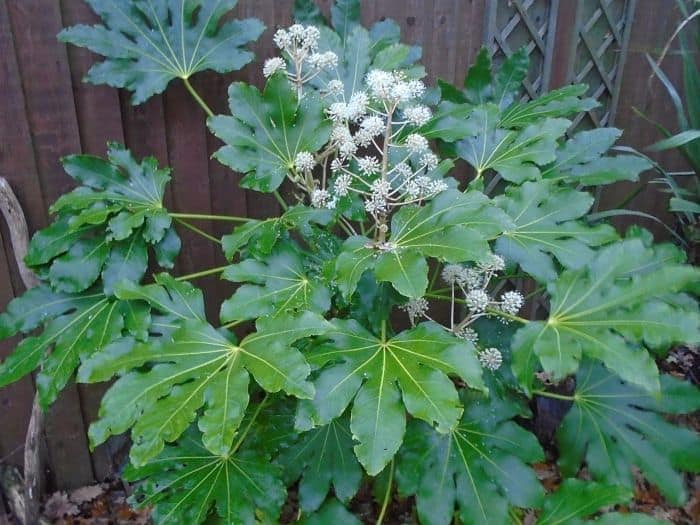
Also known as the Japanese aralia or false castor oil plant, the figleaf palm is an interesting-looking dog-friendly plant for yards. It can reach up to 9 feet in height, but most are smaller. They all have large, glossy leaves and attractive flower clusters (technically called umbrels).
Figleaf palms offer particular value as one of therelatively few shade-tolerant, pet-friendly shrubs around.
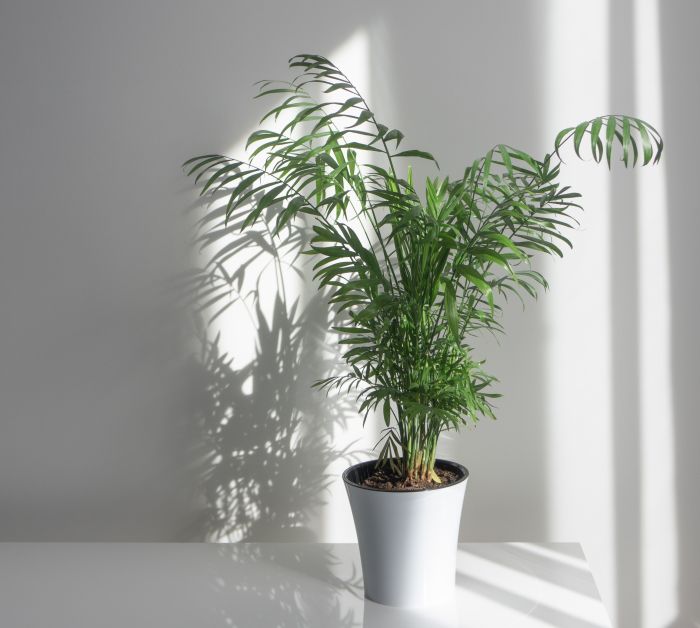
Bamboo palm is a relatively large dog-friendly shrub that can help lend a tropical feel to your backyard. You’ll need quite a bit of space for these plants, but they’re worthy of the area they command.
They’re generally hardy, they’re non-toxic to dogs, and they may even attract birds, who are drawn to the plant’s fruit.
Despite its common name, this is a flowering plant and not a type of bamboo at all. This plant requires fairly warm temperatures to thrive, but those living in cold climates can grow it indoors, where it’ll help raise the humidity in your home and fit in perfectly well as a dog-friendly house plant.
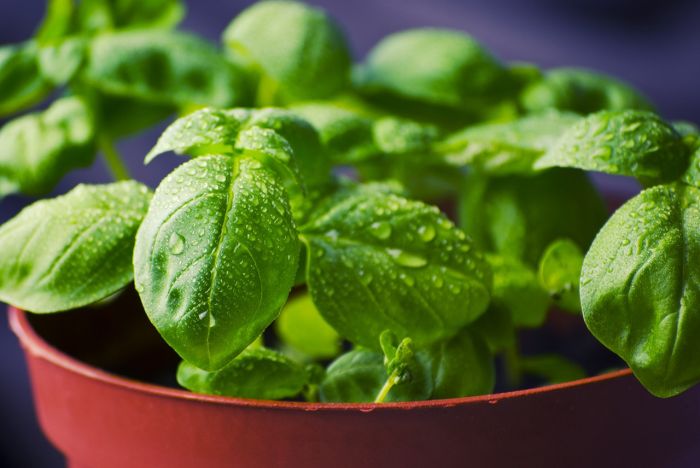
Basil is typically a pretty small plant, but, with proper care, dog owners with a green thumb should be able to get basil plants to reach shrub-like size. You can choose from a variety of different basil cultivars. Some taste different than the traditional form, while others exhibit attractive colors. At least one form produces rich, purple leaves.
Basil is a great option for dog owners, as it is not only anattractive plant, but it’s also completely harmless. For that matter, it’s niceto have a ready source of basil to use in your kitchen.
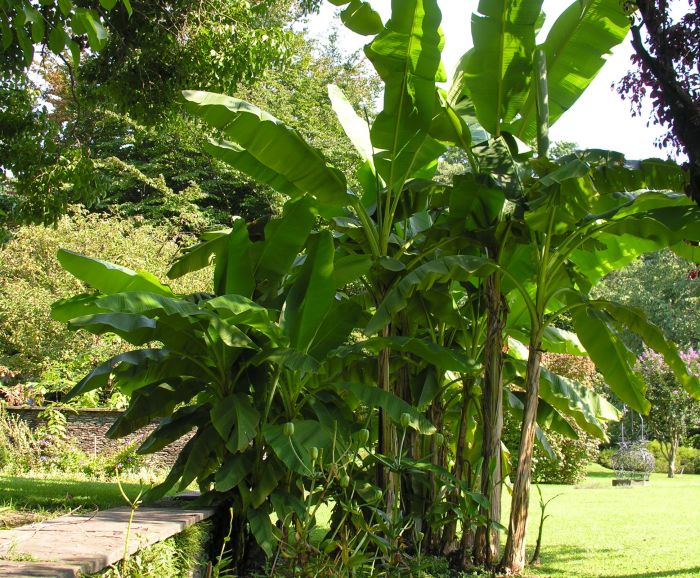
Banana plants are hardy tropical shrubs that many peoplethink of as trees. However, they don’t actually produce any woody tissue, andtheir “trunks” are comprised of leaf stalks, so they don’t fit the biologicaldefinition of a tree.
Regardless of what you call them, they certainly get pretty big, so they’re not ideal for all growing situations. Nevertheless, they’re safe for your dog and they’re robust enough to withstand your dog trampling around them on a daily basis, so they deserve serious consideration. They could potentially even be used to keep your dog in your yard without a fence, although this would require quite a few banana plants to be practical!
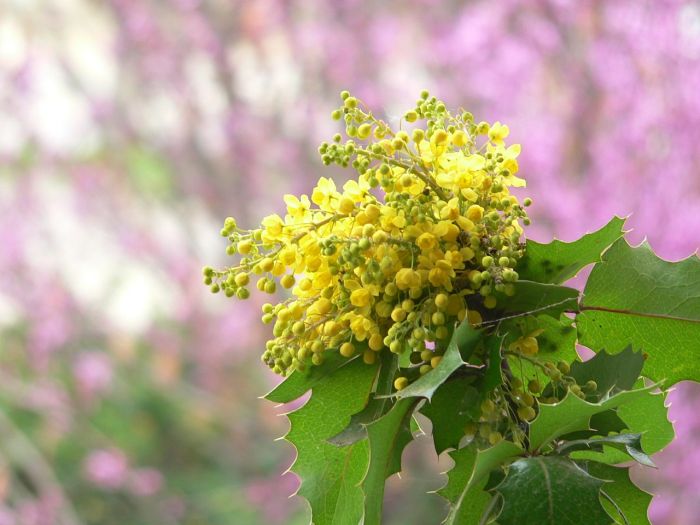
Oregon grape is an interesting-looking dog-friendly plant that is native to the Pacific Northwest.
It often looks like a small, multi-trunked tree rather than a shrub, but it rarely exceeds 6 feet in height, so it’ll work in most situations that call for a shrub. This plant does have moderately spiny leaflets, but they will typically grow above “dog height,” so they shouldn’t pose a danger to most dogs.
Oregon grape produces dark blue to purple fruit (the ones in the photo above aren’t ripe yet). These fruits are edible (some people make them into jams), but they aren’t grapes in any way, shape, or form.
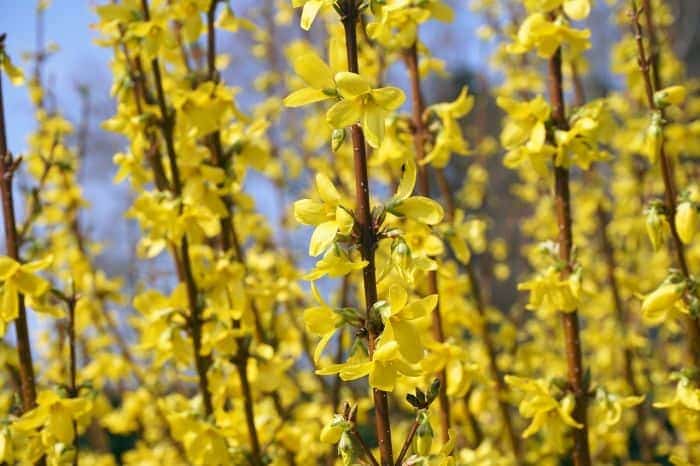
Also referred to by its genus name Forsythia, golden bells are striking shrubs which instantly drawthe eye. Some gardeners plant them as ornamentals, designed to inject a splashof color in an otherwise green landscape, while others plant them as hedges.
Just note that golden bells are deciduous plants, so they’llshed most of their leaves each winter. This may or may not influence yourdecision to use them as a hedge. But no matter how you decide to arrange goldenbells in your yard, they shouldn’t cause your dog any health problems.
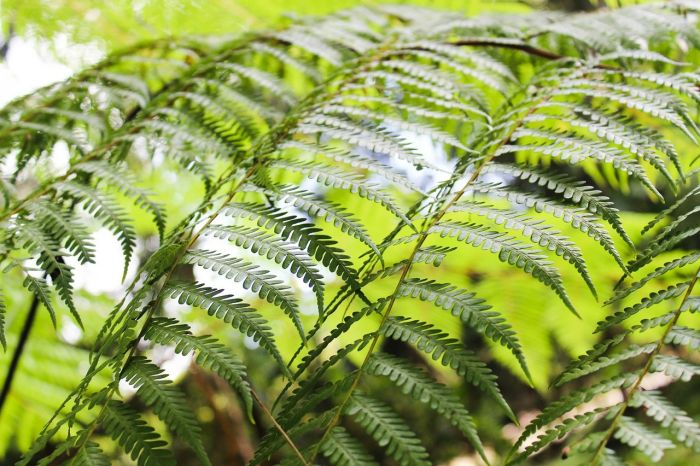
The Boston fern (Nephrolepis exaltata) goes by many names, including feather palm and sword fern, among others. A hardy and dense fern, this plant prefers relatively damp locations, and it frequently grows in swamps in its native lands. This means that it won’t thrive in arid places, but it is a great choice for those living in the humid Southeast.
Boston fern is a great choice for petite spaces, as it issmaller than many of the other shrubs listed above. It can reach about 3 feetin height, but most specimens remain smaller than this.
What to do if your dog has ingested a potentially deadly plant, shrub, or flower
If you think your furry friend has ingested a poisonous plant, call your veterinarian. Delaying a phone call can cause injury or death. If you catch your pup munching on one of our aforementioned toxic plants, keep an eye out for symptoms of poisoning.
You can also call the ASPCA Pet Poison Control Hotline 24 hours at (888) 426-4435
Pet plant poisoning can be an emergency that requires immediate veterinary attention.
Here’s our list of all the foods your dog should and shouldn’t eat
Symptoms can vary as they are specific to each type of plant eaten
These are the most common symptoms you can watch out for:
The best cure for poisoning is prevention. Take note of any plants and shrubs in your yard or in your house and identify any plants that may be dangerous. Then either remove these plants and shrubs or restrict your dog’s access to them.
Use Statues and Other Decorations
I’m a certified tree-hugger, so you don’t need to sell me onthe idea of adding plants to your yard. As far as I’m concerned, the greener ayard is, the better.
Nevertheless, the primary reason we install shrubs and plants in our yard is to take up space. Shrubs and flowers help break up the monotony of a property largely dominated by a lawn, and they add color and visual interest.
But plants aren’t the only thing that can accomplish thisgoal. You can use statues and other types of lawn ornaments instead of shrubsin many cases.
Don’t worry: This doesn’t mean you need to go fill your lawn with a bunch of gaudy plastic flamingos (unless you’re into that kind of thing). There are a variety of tasteful and attractive decorations available.
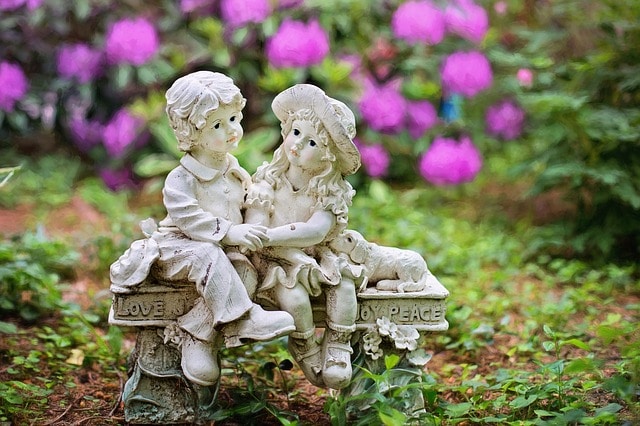
Wind twirlers are often interesting and relatively subtle, although others may prefer more traditional-looking statues. Other decorations will even let you show off your sense of humor.